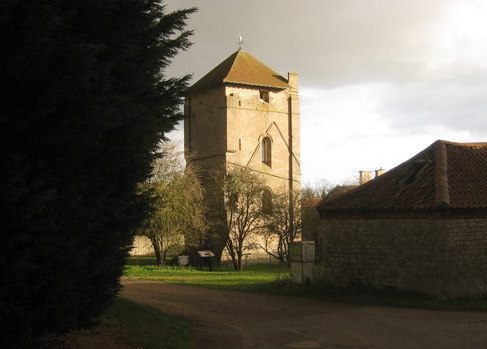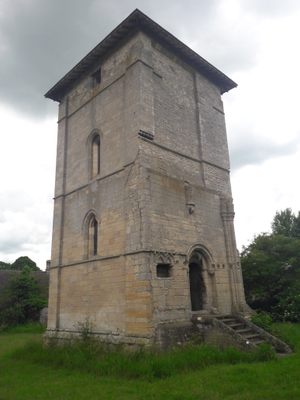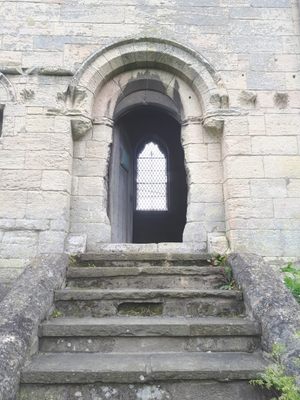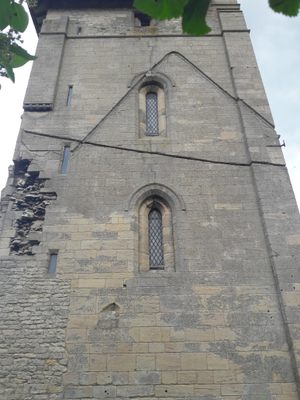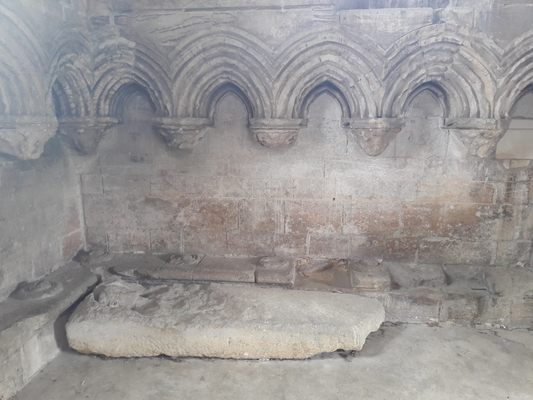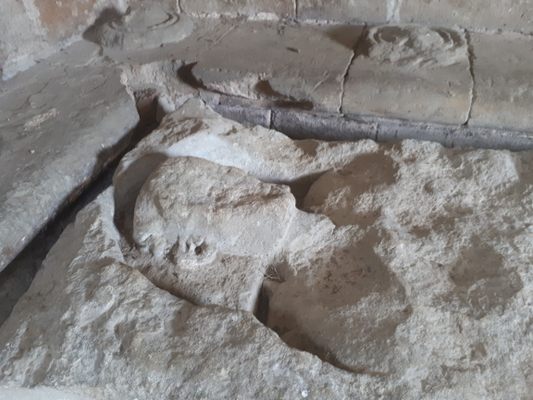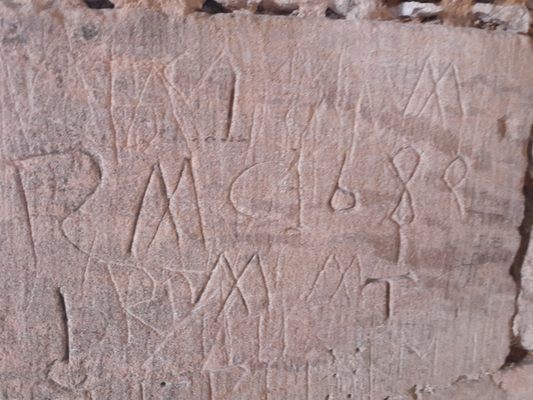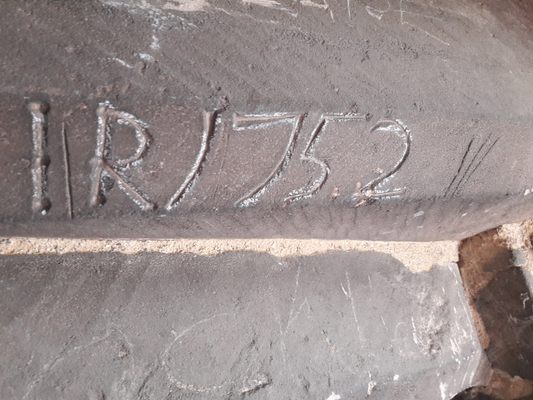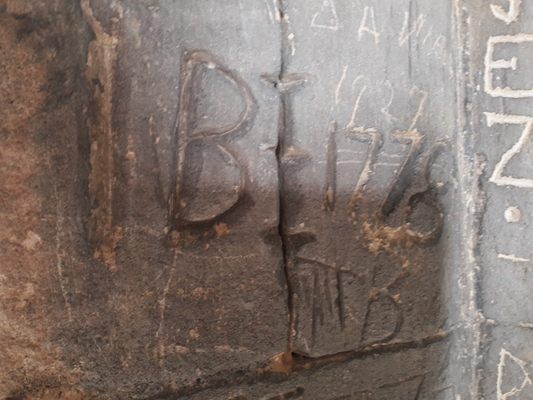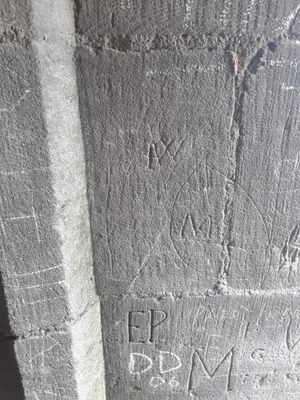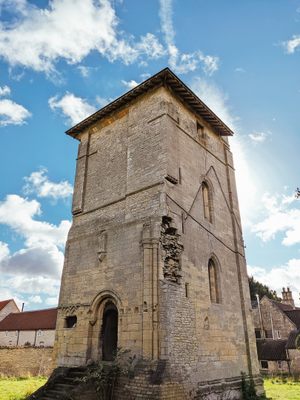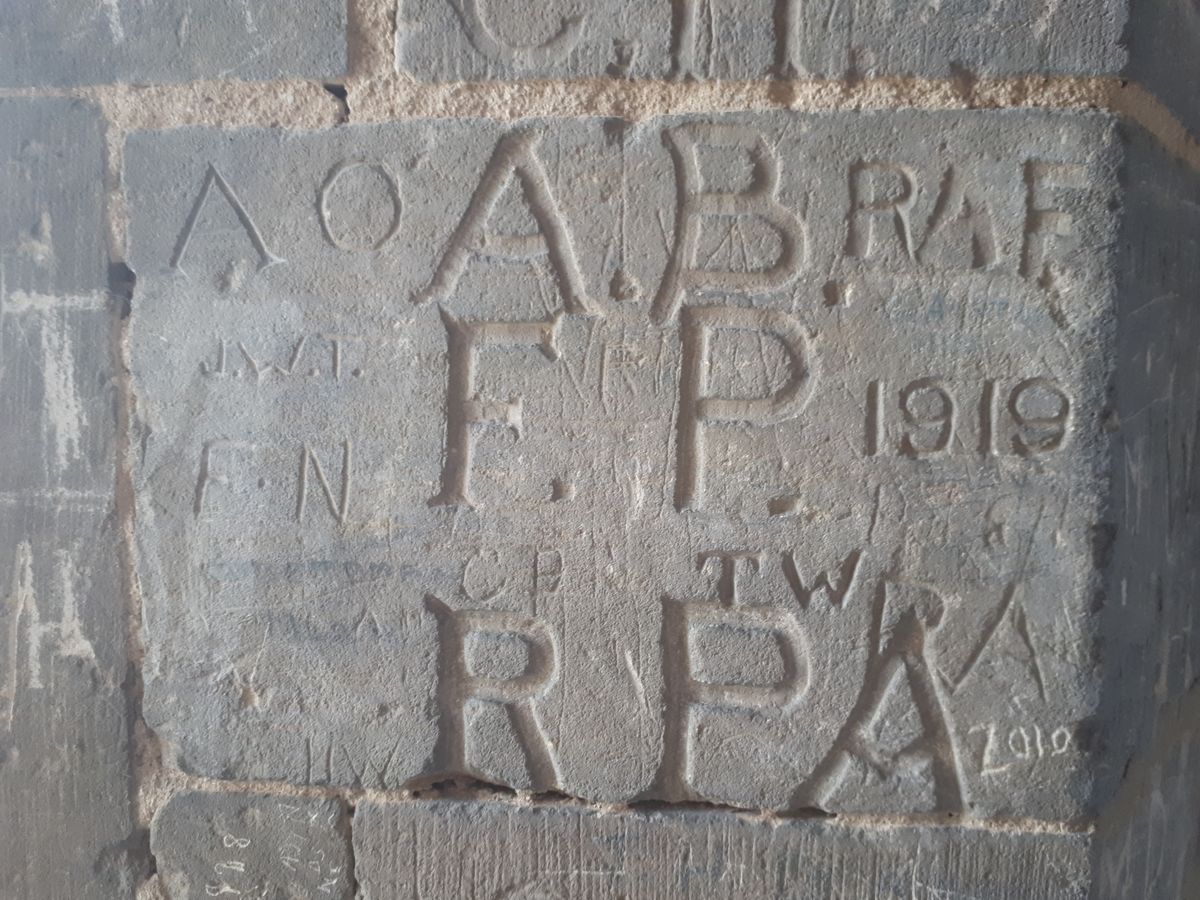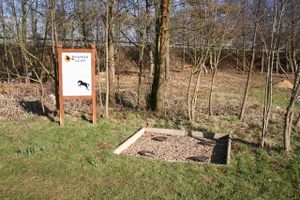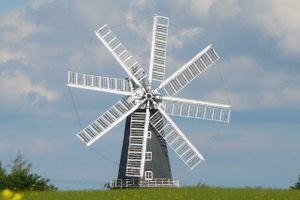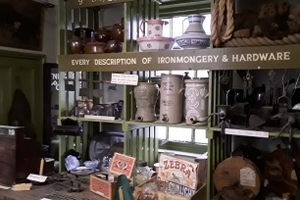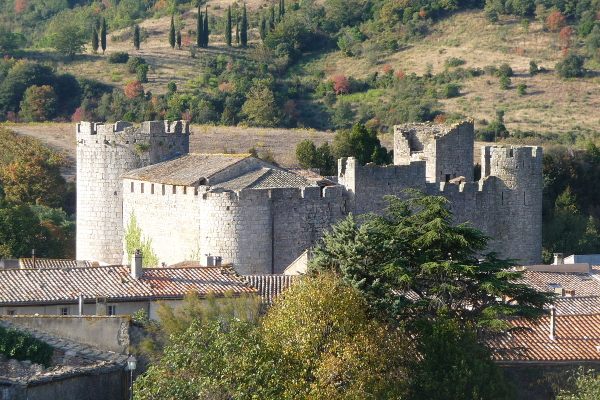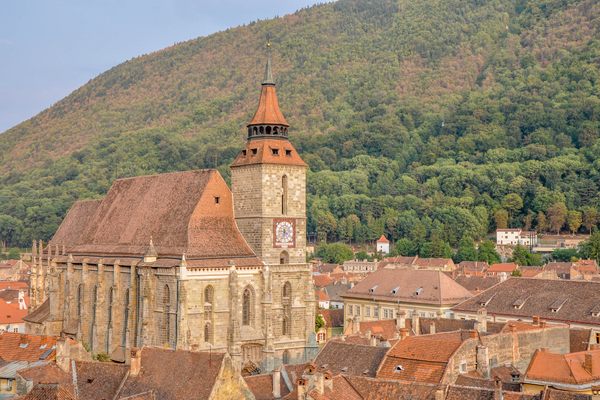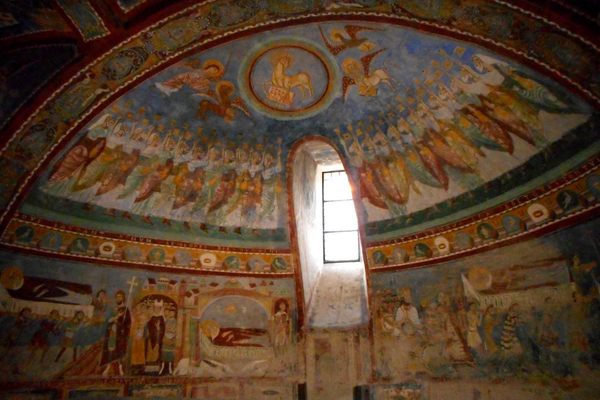About
Concealed in a farmyard in rural Lincolnshire, this rare 13th-century tower once bore witness to one of England's richest Knights Templar preceptories, second only to The Temple in London. One of a pair, this sole surviving three-story southeast tower once flanked the chancel of a round church. Today, Temple Bruer it is one of very few Knights Templar preceptories still standing in Great Britain.
The Knights Templar were a religious military order established at the time of the Crusades in the late Middle Ages. Their role was to protect pilgrims and the shrines of the Holy Land. As their popularity grew, they quickly went from rags to riches. Powerful and wealthy, they were able to finance their work through a Europe-wide network of preceptories, of which Temple Bruer was one.
The Knights Templar remained rich and successful for almost 200 years, but after the last Christian stronghold in the Holy Land fell, their popularity declined, and they were accused of misconduct and corruption. In 1308, the Grand Prior of England was arrested and imprisoned at Temple Bruer in Lincoln. The order was suppressed not long after, and the Knights Hospitaller took its place. The Dissolution of the Monasteries around 1540 saw Temple Bruer granted to the Duke of Suffolk by King Henry VIII, who stayed there with his fifth wife, Catherine Howard, on the way to Lincoln. Over time, the church gradually became a ruin with only the southeast tower remaining, which can still be seen today.
Categorized as a scheduled monument, this present tower, constructed of limestone ashlar, was restored in both the early 20th century and in 1961. In 1833 an archaeological excavation carried out at the Temple Bruer site concluded in a report that the ruins exhibited many signs of violence including that of live burials and infant sacrifice. The existence of subterranean vaults containing human remains previously submitted to the operation of fire was also claimed. A subsequent excavation in 1908 largely discredited these findings, although two stairways descending to a crypt were discovered. Sections of stone pillar also discovered during the 1908 excavations can now be seen on display in the ground-floor chamber along with a damaged stone effigy slab in the form of a knight which was unearthed when a petrol pump was installed in the car park situated next to the tower.
The interior walls of the tower and the spiral staircase are covered with a veil of graffiti, some dating from as early as the 17th century. A number of masons' marks are visible, and it is speculated that apotropaic or witches' marks can also be found. For centuries, symbols and marks were carved or scratched into the fabric of buildings, particularly near entrance points, to offer protection from witches and evil spirits. Due to the Templars being accused of devil worship, infanticide, and many other heinous crimes, it is possible locals added these marks after their arrest to ward off evil, but it is left up to the visitor to decide.
Related Tags
Know Before You Go
Temple Bruer is free and open to the public daily but it is on private farmland so please show the greatest of respect to the building and the land surrounding it. There is a small free grass car park next to the temple for visitors.
Published
June 19, 2019
